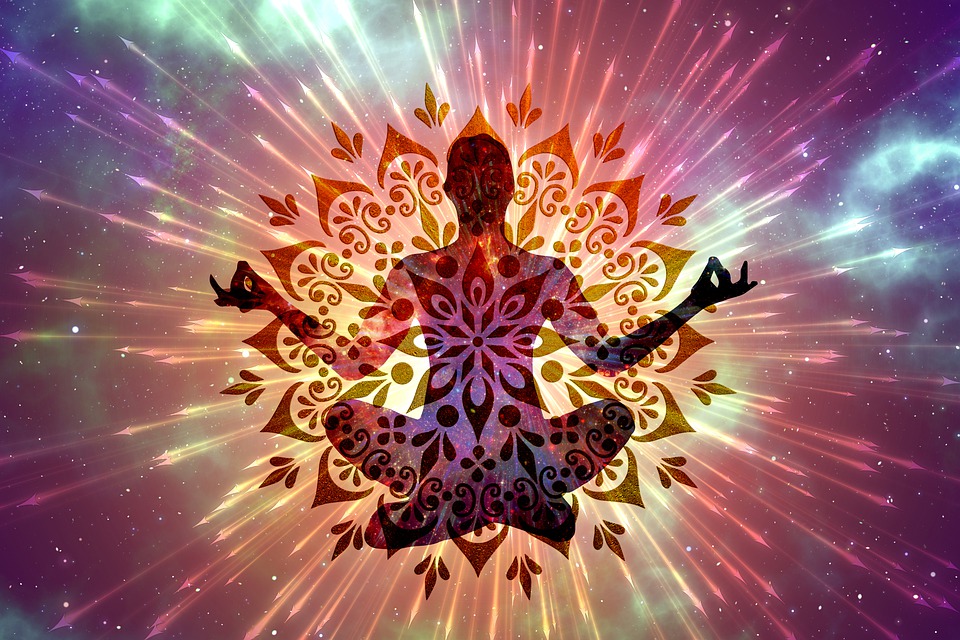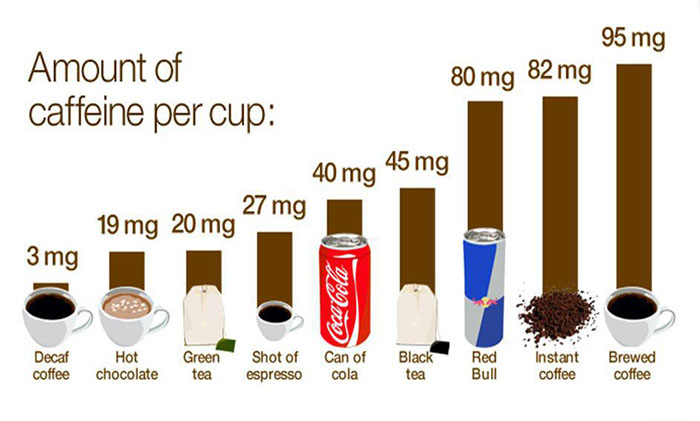The Law Of Attraction & Manifestation
The Law of Attraction and Manifestation: A Guide to Creating Your Reality
The Law of Attraction and Manifestation are two concepts that have gained widespread popularity in recent years, particularly within the self-help and personal development spheres. At their core, both the Law of Attraction and Manifestation are based on the idea that we can create our reality by using our thoughts and intentions to attract what we want into our lives. In this article, we’ll explore what the Laws of Attraction and Manifestation are, how they work, and some tips for using them to create the life you desire.
What is the Law of Attraction?
The Law of Attraction is the idea that like attracts like. In other words, our thoughts and emotions have a vibrational frequency that attracts similar energies to us. This means that if we think positive thoughts and feel positive emotions, we will attract positive experiences and circumstances into our lives. Conversely, if we think negative thoughts and feel negative emotions, we will attract negative experiences and circumstances.
The Law of Attraction is based on the principle that everything is energy and that we are all connected. Our thoughts and emotions are powerful energy that we can use to attract what we want into our lives. This means that if we focus on what we want, rather than what we don’t want, we will attract more of what we desire.
What is Manifestation?
Manifestation is the act of bringing something into existence through our thoughts and intentions. It is the process of creating our reality by aligning our thoughts, emotions, and actions with what we want to experience. Manifestation is based on the idea that we have the power to create our reality and that our thoughts and intentions are the driving force behind that creation.
How do the Law of Attraction and Manifestation work together?
The Law of Attraction and Manifestation work together to create our reality. The Law of Attraction is the principle that governs the attraction of energy, while Manifestation is the process of consciously directing that energy toward a desired outcome. When we use the Law of Attraction and Manifestation together, we are aligning our thoughts, emotions, and actions with our desires, and creating the conditions for those desires to manifest in our lives.
Tips for using the Law of Attraction and Manifestation
Here are some tips for using the Law of Attraction and Manifestation to create the life you desire:
- Get clear on what you want – Before you can manifest your desires, you need to be clear on what they are. Take some time to think about what you truly want in life, and be specific. The more specific you are, the easier it will be to focus your thoughts and intentions on that desire.
- Visualize your desires – A visualization is a powerful tool for manifestation. Take some time each day to visualize yourself experiencing your desired outcome. See yourself living the life you want, and feel the emotions associated with that experience.
- Use positive affirmations – Affirmations are statements that affirm our desired outcome. Use positive affirmations to reinforce your belief in your ability to manifest your desires. Repeat your affirmations daily, and use them to counter any negative thoughts or beliefs that may arise.
- Take action – Manifestation is not just about thinking and feeling, it also requires action. Take inspired action towards your goals, and be open to opportunities that come your way. When you take action, you are signaling to the universe that you are ready to receive your desires.
- Trust the process – Trust that the universe is working in your favor and that your desires are on their way to you. Let go of any doubts or fears, and have faith that everything is happening as it should.
The Law of Attraction and Manifestation are powerful tools for manifestation
The Law of Attraction and Manifestation are powerful tools that have gained significant popularity in recent years. These principles posit that our thoughts and beliefs have a direct impact on the circumstances and experiences we attract into our lives. While some may dismiss these ideas as mere wishful thinking, there is growing evidence that suggests that these principles can have a significant impact on our lives. In this article, we’ll explore why the Law of Attraction and Manifestation are powerful tools in manifestation.
Firstly, the Law of Attraction and Manifestation is grounded in the idea that everything in the universe is made up of energy, including our thoughts and emotions. This means that the thoughts and feelings we put out into the universe can have a direct impact on the energy around us. This energy can then attract similar energy back to us, resulting in the manifestation of our desires.
For example, if we focus on positive thoughts and emotions, we are more likely to attract positive experiences and circumstances into our lives. On the other hand, if we focus on negative thoughts and emotions, we are more likely to attract negative experiences and circumstances. This is because our thoughts and emotions have a vibrational frequency, and the universe responds to this frequency by bringing us experiences that match it.
Secondly, the Law of Attraction and Manifestation can be a powerful tool for goal setting and achieving. By focusing our thoughts and emotions on our goals, we are more likely to attract the resources and opportunities we need to achieve them. This is because the universe responds to our thoughts and emotions by bringing us experiences and opportunities that align with them.
If we set a goal to start our own business, and we focus our thoughts and emotions on the success and abundance that this business will bring, we are more likely to attract the resources and opportunities we need to make it a reality. This could include finding investors, connecting with potential customers, or discovering new markets for our product or service.
Thirdly, the Law of Attraction and Manifestation can help us to overcome limiting beliefs and negative thought patterns. Often, we hold limiting beliefs about ourselves and our ability to achieve our goals, which can prevent us from taking action or making progress toward them. By focusing our thoughts and emotions on positive outcomes and possibilities, we can begin to shift our beliefs and overcome the mental barriers that are holding us back.
By having a limiting belief that we are not good enough to start our own business, we can use the Law of Attraction and Manifestation to shift our focus toward positive outcomes and possibilities. We can visualize ourselves running a successful business, attracting customers, and making a positive impact in our industry. By focusing on these positive outcomes, we can begin to shift our beliefs and overcome the mental barriers that are holding us back.
Conclusion
The Law of Attraction and Manifestation are powerful tools that can help us to achieve our goals, overcome limiting beliefs, and attract positive experiences and circumstances into our lives. By focusing our thoughts and emotions on positive outcomes and possibilities, we can harness the power of the universe to manifest our desires and create the life we want to live. While these principles may not be a one-size-fits-all solution for everyone, they are worth exploring for anyone who is looking to make positive changes in their life.
Advertisement – Writing Content!

#lawofattraction #manifestation #visualization #journaling #meditation #hypnosis #thoughts #subconsious #mind #brainwaves #esp #energy #affirmations











